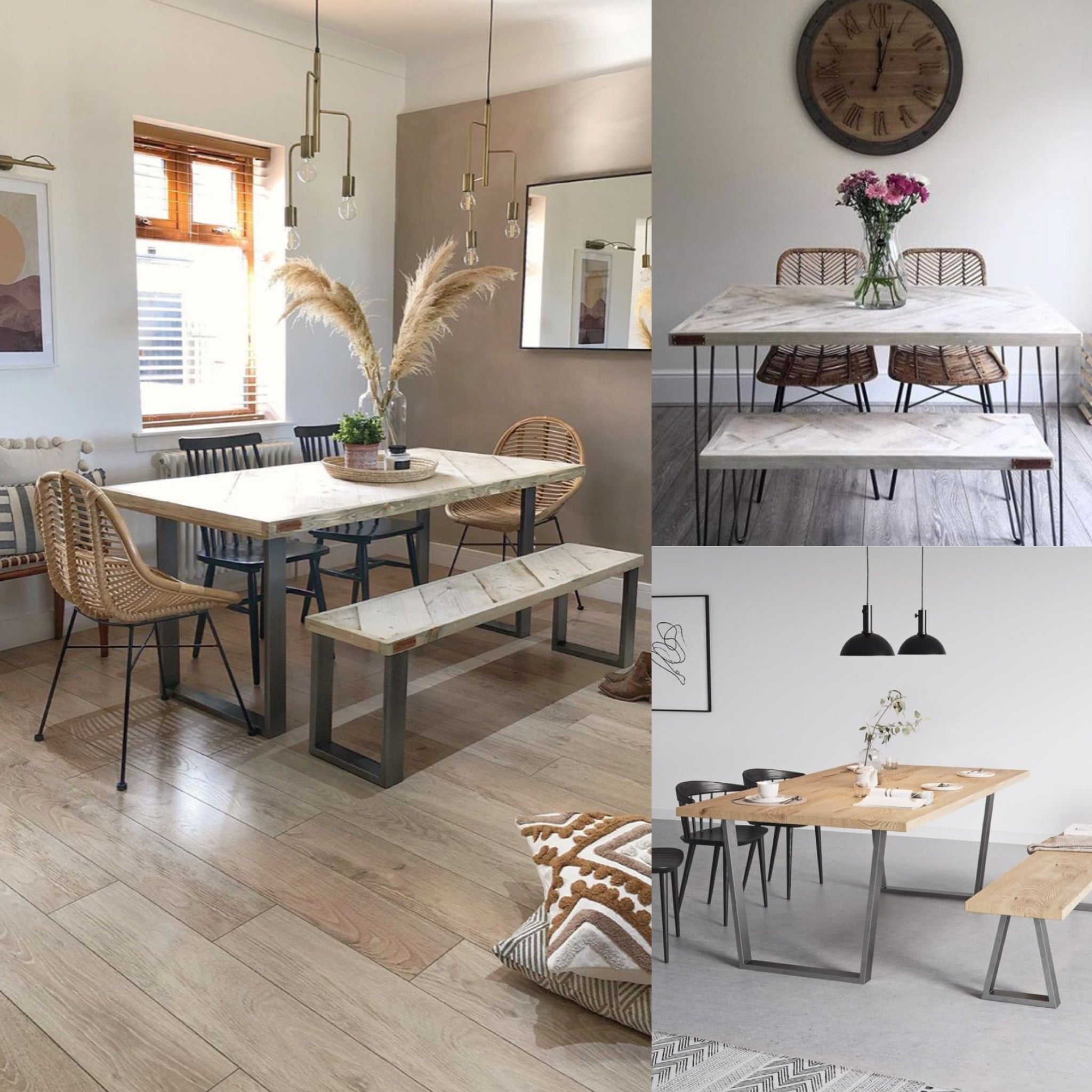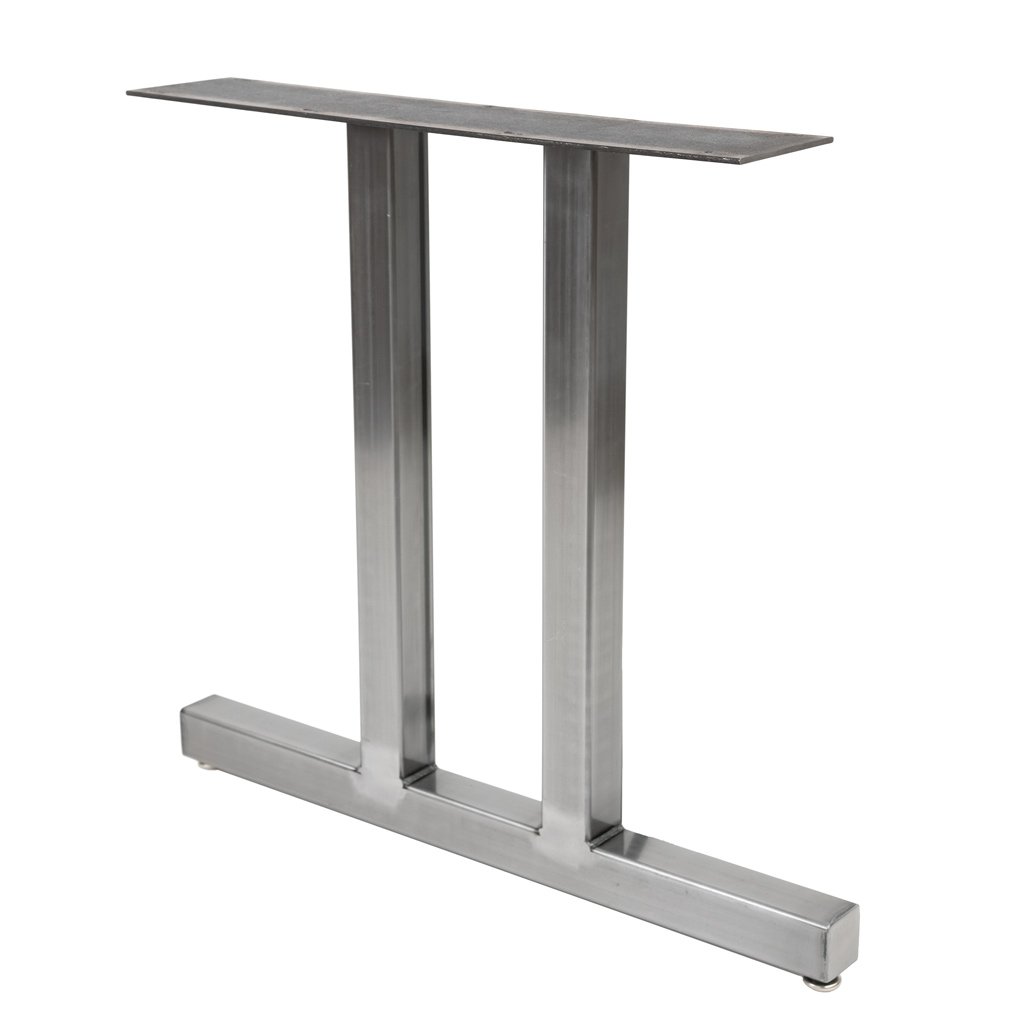Unique Dining Room Table Legs That Will Elevate Your Dining Area
Unique Dining Room Table Legs That Will Elevate Your Dining Area
Blog Article
From Conventional to Modern: Locate the Perfect Dining-room Table Legs for Your Style
While timeless designs such as cabriole and turned legs evoke a sense of classic elegance, contemporary designs like barrette and geometric options present a possibility for striking visual rate of interest. As you take into consideration these elements, the question stays: how can you seamlessly incorporate these diverse leg styles to create a harmonious eating experience?
Understanding Table Leg Styles
The variety of dining room table leg designs can significantly affect both the looks and performance of the room. Each leg style adds unique aesthetic components and practical functions, satisfying diverse layout choices and usage demands. Recognizing these designs is important for picking the best eating table that straightens with your overall interior style vision.
For example, tapered legs supply a clean, timeless appearance that can boost a space's sophistication, while stand bases give security and take full advantage of legroom, making them excellent for smaller rooms. Hairpin legs, a characteristic of mid-century contemporary design, introduce an industrial flair, permitting for a ventilated, open feel. Similarly, trestle legs evoke rustic appeal, supplying durable assistance and a feeling of eternity.
In addition, the choice of products plays a considerable duty. Wood legs can bring warmth and appearance, whereas steel alternatives typically share a smooth, contemporary vibe. Inevitably, understanding table leg styles is important for developing a cohesive dining location that mirrors individual design while making certain functionality and convenience. By attentively thinking about these components, you can boost both the practical and aesthetic appeal of your eating space.
Standard Table Leg Options
When selecting dining-room table legs, conventional alternatives commonly symbolize classic style and craftsmanship. These layouts reflect an abundant heritage and a dedication to top quality, making them suitable for those that appreciate classic appearances.
One of one of the most iconic typical leg designs is the cabriole leg, identified by its graceful rounded shape. This style frequently includes attractive makings and is most commonly discovered in Queen Anne and Chippendale furniture. One more prominent choice is the turned leg, which flaunts a series of smooth, rounded forms that offer a timeless look while maintaining security.
Additionally, the straight leg, while easy, offers a sturdy and basic structure that can mix effortlessly with a selection of tabletop styles. For those attracted to ornate describing, claw-and-ball feet legs evoke a feeling of grandeur and can act as a spectacular focal factor in any type of dining area.
Finally, pedestal bases, although not strictly legs, give a different standard choice that permits ample legroom and can be beautifully sculpted. Each of these typical leg styles adds to the general setting of an eating room, weding function with aesthetic appeal.

Modern Table Leg Styles
Modern table leg layouts use a diverse series of designs that emphasize clean lines and ingenious products. These styles usually focus on functionality while working as striking focal points within an eating useful site area. Minimal aesthetic appeals are common, with legs crafted from materials such as metal, glass, and engineered wood, which add to a airy and modern feeling.
One prominent style is the barrette leg, defined by its slim, tapered framework that gives security without overwhelming the table top (dining room table legs). This design is usually found in mid-century contemporary furnishings and can reference easily enhance numerous table shapes. An additional trend is using geometric shapes, where legs may tackle unbalanced or angular forms, adding visual rate of interest and a touch of creativity

Blending Styles for Special Rooms
Commonly, homeowners seek to produce unique eating areas that reflect their individual design by blending numerous layout aspects. This strategy enables the unification of diverse aesthetic appeals, causing a harmonious yet unique setting. Matching a rustic wood table with smooth, modern-day steel legs can develop an appealing comparison that raises the room's total allure.
In addition, incorporating vintage table legs with modern table tops can evoke a feeling of history while keeping a contemporary perceptiveness. Such combinations not just display private preference however likewise motivate creative thinking, allowing homeowners to Click This Link curate an area that really feels both individual and inviting.
Color plays a crucial duty in this blending procedure; choosing table legs that match or contrast with the existing shade scheme can boost visual rate of interest. Whitewashed legs can soften the boldness of a dark table surface, developing a well balanced aesthetic.
Tips for Picking the Right Legs
Selecting the right table legs is important for achieving both capability and visual charm in your eating space. Begin by thinking about the overall design of your space. Conventional settings gain from legs that include detailed makings or turned designs, while modern areas might require smooth, minimalist styles.
Following, examine the elevation and stability of the legs. dining room table legs. Common eating tables range in between 28 to 30 inches in height, so ensure the legs enhance this dimension for convenience. In addition, durable products, such as hardwood or steel, can improve stability and long life
Review the leg form also-- options include right, tapered, or stand designs. Straight legs use a classic appearance, while tapered legs can include a touch of beauty. Pedestal bases offer enough legroom and are excellent for smaller spaces.
Conclusion
In recap, selecting the perfect dining space table legs requires careful factor to consider of both conventional and contemporary styles. Standard options such as cabriole and transformed legs offer timeless elegance, while modern-day styles like barrette and geometric shapes offer a contemporary touch. By integrating leg style, height, and material with the overall decor, a cohesive and welcoming atmosphere can be attained. Inevitably, the picked table legs need to show the wanted visual, enhancing the eating experience within the space.
The range of eating room table leg designs can significantly affect both the looks and functionality of the area. Ultimately, understanding table leg styles is crucial for producing a natural eating area that shows individual style while ensuring practicality and comfort.One of the most legendary typical leg designs is the cabriole leg, defined by its stylish rounded form. Straight legs provide a classic look, while conical legs can include a touch of elegance.In summary, picking the excellent eating room table legs calls for cautious consideration of both standard and modern styles.
Report this page